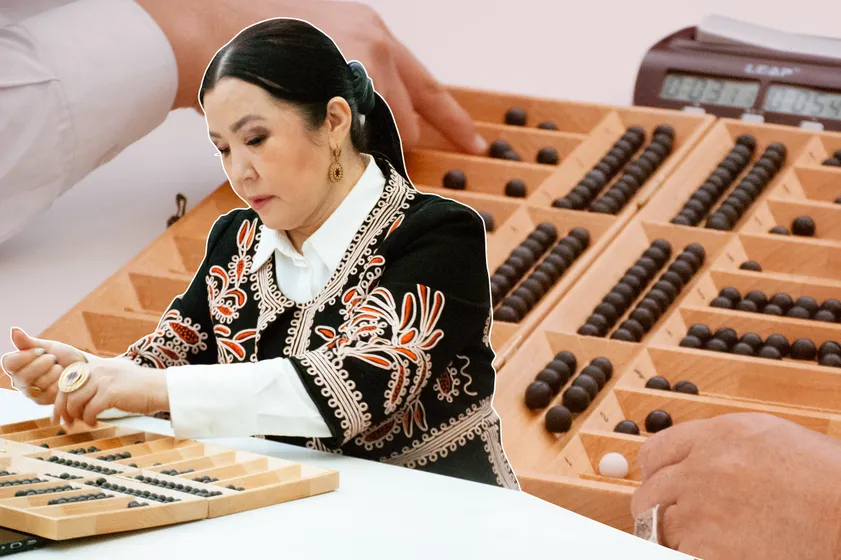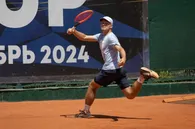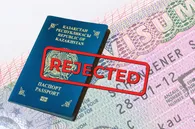Nestled in the heart of Kazakh culture is a traditional board game that transcends mere recreation – Togyzkumalak. This ancient game, deeply rooted in the nomadic heritage of Kazakhstan, serves as more than just a pastime; it is a cultural artifact, a strategic pursuit, and a communal activity that binds generations.
Join QazMonitor on a journey as we unveil the secrets and significance of Togyzkumalak, exploring its historical roots, basic gameplay, and its enduring impact on Kazakh identity.
Historical Roots
Togyzkumalak's origins can be traced back through the annals of Kazakh history, where nomads engaged in strategic battles of wit and skill. Evolving over centuries, the mancala family game became a staple in Kazakh society, contributing to the social fabric and cultural identity of the nomadic people. Togyzkumalak can be translated from Kazakh as “nine pebbles” or “nine beads” – the number is known to have a sacred meaning for Kazakhs, which reflects the number of playing pieces used on each player's side of the board at the beginning of the game. The game is popular across all Central Asian countries, and Kazakhstan also gives it particular significance.
The game of skill and wit
Embarking on the Togyzkumalak journey requires an understanding of its intricate rules and strategic depth. In a nutshell, the game is played on a unique board, with two players strategically sowing and capturing seeds in their quest for victory. We will not dive into every detail of the game but describe what the initial setup looks like.
Togyzkumalak uses a special board with two rows of small pockets or cavities (nine in each row) and two large holes called "kazans", meaning cauldrons in Kazakh. The lower (near) row of holes is considered the player's side, the opposite row is considered the opponent's side. The game starts with nine stones in each of the nine small pockets. A player wins the game if he collects more pebbles in his cauldron than the opponent collects in his kazan; it’s a draw if each player has the same number of pebbles. While the game mechanics might seem simple at first, it takes a lot of practice to master all the tricks and shortcuts known to experienced players.
Tournaments and Competitions
Beyond friendly matches played in local communities, Togyzkumalak has found its way into the competitive arena. Tournaments and competitions, both local and international, showcase the skill and strategic prowess of dedicated players.
Most recently, the first-ever World Togyzkumalak Championship took place in Almaty. The sports event with a substantial prize fund of 8 million tenge was organized for school students under 15 and 17 years old. Similarly to chess, the tournament featured two disciplines depending on the ‘speed limit’ of the game – rapid and blitz. While Kazakhstan won the championship with eight gold medals in total, the event hosted over two hundred players from 17 countries, including students from the Czech Republic, Spain, Hungary, and Pakistan. Quite impressive for a first-ever event.
Revival in popularity and international recognition
In the face of modernization, efforts are underway to preserve and promote Togyzkumalak as a vital aspect of Kazakh heritage. In fact, Kazakhstan has several associations dedicated to the game, including the federation in the Mangystau region. As for the popularity, togyzkumalak dominated among other Kazakh national games and sports with over 200 thousand regular players and 6,856 clubs according to the data published by ministry of culture in May, 2023. Just for reference, the second most popular sport was Kazakh wrestling with nearly 50 thousand less regular athletes.
It would be an understatement to say that togyzkumalak is a purely local realia, as even world-renowned fashion brands have started paying attention to the game. For instance, Ainur Polatova, founder of the Kazakh board game startup Talapai, has proposed a collaboration with luxury brand Louis Vuitton to design a handbag shaped like a traditional yurt, inspired by Kazakh culture. Eventually, the brand invited her to Paris for further discussions. Who knows, maybe the board game will become the next big thing in the Western world. One thing is clear though, as we traverse the ancient heart of Kazakh tradition through the lens of Togyzkumalak, we uncover not just a board game but a living testament to the resilience of cultural practices.










